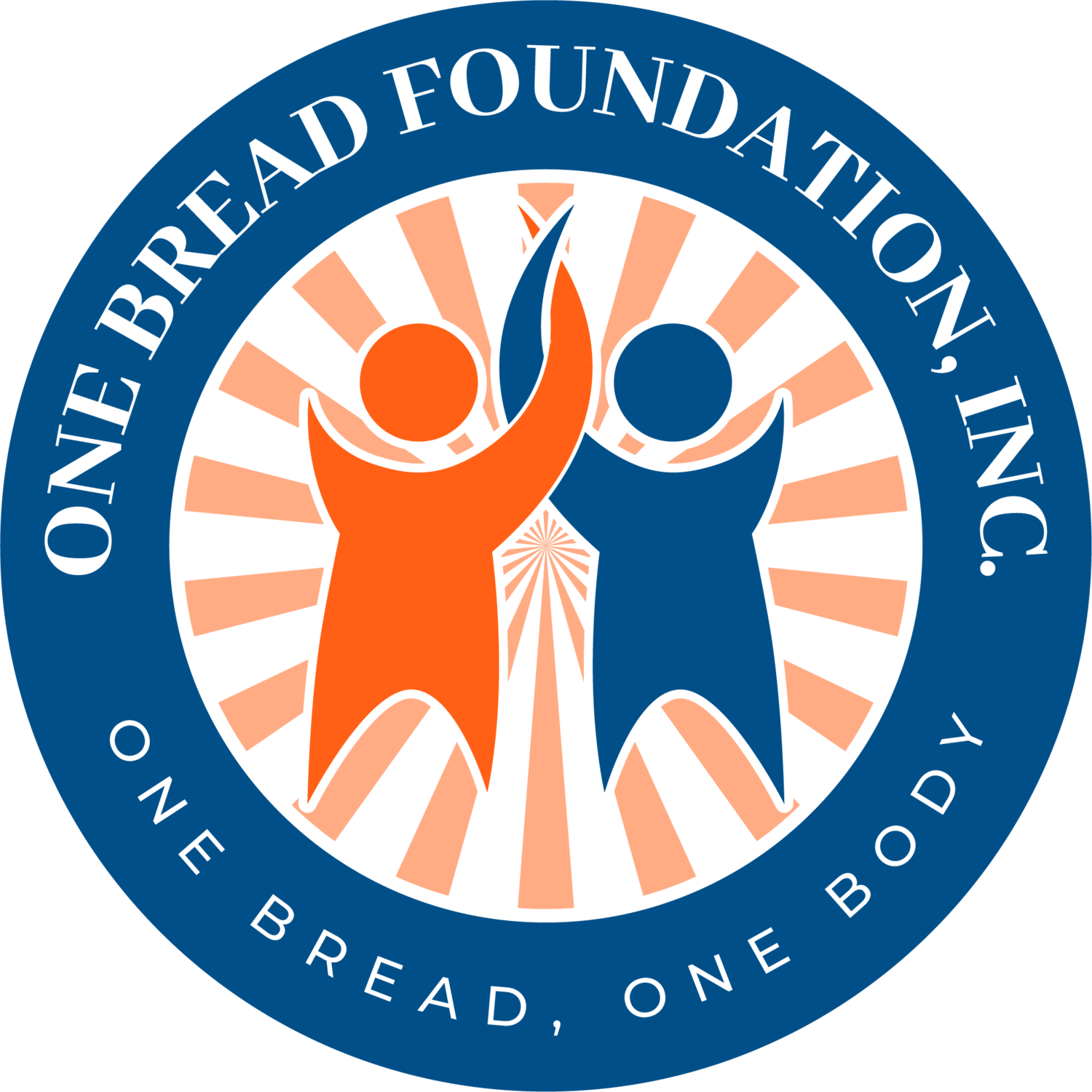ADVOCATE | EDUCATE | COLLABORATE
GET INVOLVED
ANNOUNCEMENT
Our Resource Center is currently undergoing a major redesign to allow for navigation for our targeted user audience on a nationwide level.
The audience breakdown is:
ADVOCATE = Citizens who want to actively advocate for stronger legislation and stiffer penalties for those who would willingly sexual abuse or traffic children and teens
EDUCATE = Parents & Educators (free downloadable resources)
COLLABORATE = Community Groups & Anti-Trafficking Organizations listed by State
Once completed you will be able to reach our Resource Center from any page on our website by clicking on active links in the upper left-hand corner (ADVOCATE | EDUCATE | COLLABORATE)
FEEDBACK REQUEST: How can we improve our Resource Center content to meet your needs?
Please send your comments or input to: info@OneBread.org
OVERVIEW
Legal Definition
In the United States, sex trafficking is defined by the Trafficking Victims Protection Act (TVPA) of 2000, as amended by the Justice Victims of Trafficking Act (JVTA) of 2015, as: “the recruitment, harboring, transportation, provision, obtaining, patronizing, or soliciting of a person for the purpose of a commercial sex act.”
It involves the use of force, fraud or coercion to make an adult engage in commercial sex acts. However, any commercial sexual activity with a minor, even without force, fraud or coercion, is considered trafficking.
Challenges to Victim Identification
For law enforcement, victim identification may be hampered because minors may say they are over the age of 18 and adults may conceal the use of force, fraud and coercion.
Traffickers often seek to exploit children because they are perceived as easy to control and are more profitable. Traffickers will target victims who are susceptible for a variety of reasons: emotional or psychological vulnerability, economic hardship, lack of a social safety net, natural disasters and political instability. These traffickers will then gather information on the victim through casual conversations with the victim’s parents or friends; traffickers often mix well with other adults, gaining a trusted position as an honorary “family member” if they aren’t already a member of the victim’s family.
Traffickers who groom their victims or fill a need in the victim’s life, making the victim dependent on them in some way. Grooming is the process by which a trafficker gradually gains a person’s trust to exploit them. This can be accomplished through buying gifts, drugs or alcohol or offering friendship or a romantic relationship. This is why a trafficker may sometimes look like a “boyfriend” or “girlfriend” to unsuspecting friends and family.
The trafficker works hard to build trust with their victim while simultaneously discrediting the trustworthiness of those closest to the victim. Victims may also be taught to distrust law enforcement and government services due to fear of arrest and are coached to lie to health professionals and repeat fabricated stories when presented opportunities for rescue.
Many victims will show loyalty to their traffickers and may not identify as victims or ask for help, even in highly public settings. They may feel shame, blame themselves or feel unworthy of a better life. The path to recovery for someone who has experience this life can be long, arduous and complicated by “trauma bonds” that are difficult to break.
Sources: U.S. Dept. of Justice - National Strategy to Combat Human Trafficking (PDF)
Fight to End Exploitation (FEE) - 6 Stages of Grooming
The National Domestic Violence Hotline - Overview of Trauma Bonds
The Dept. of Homeland Security Blue Campaign – What is Human Trafficking?

